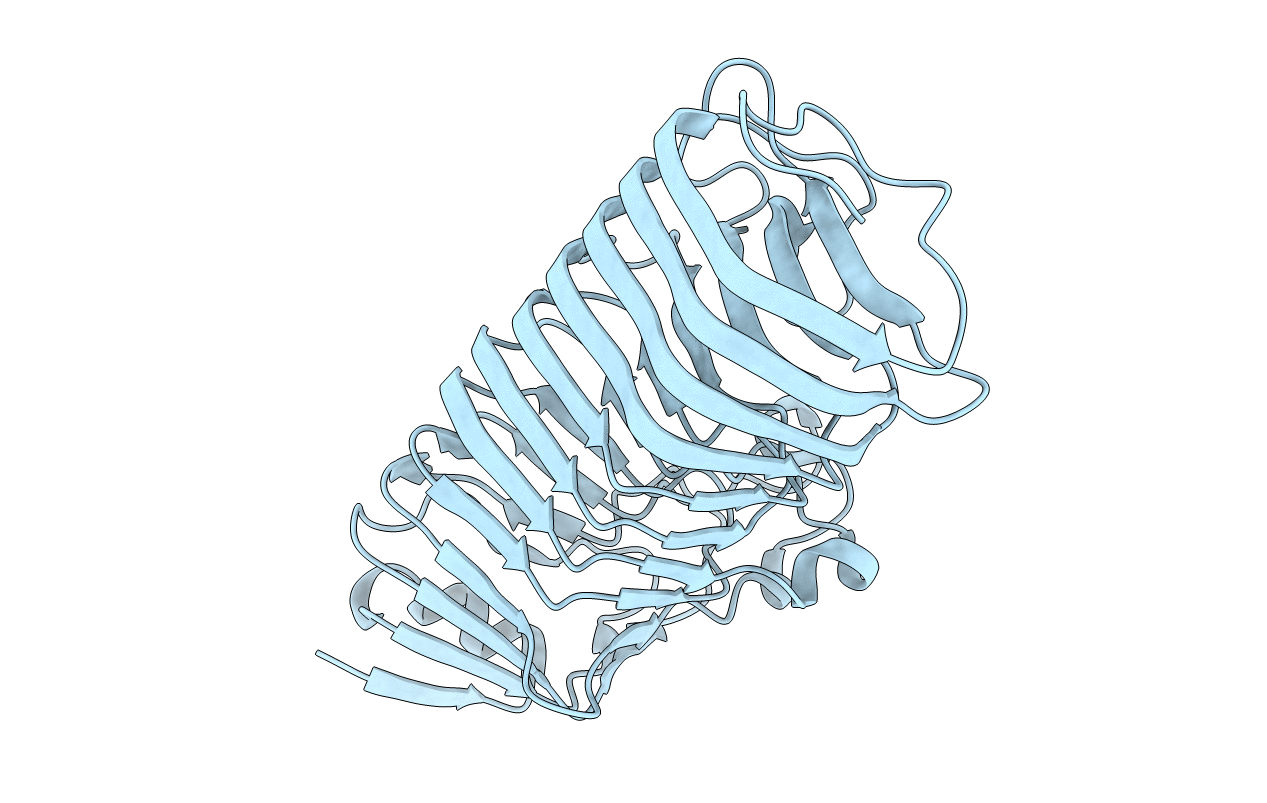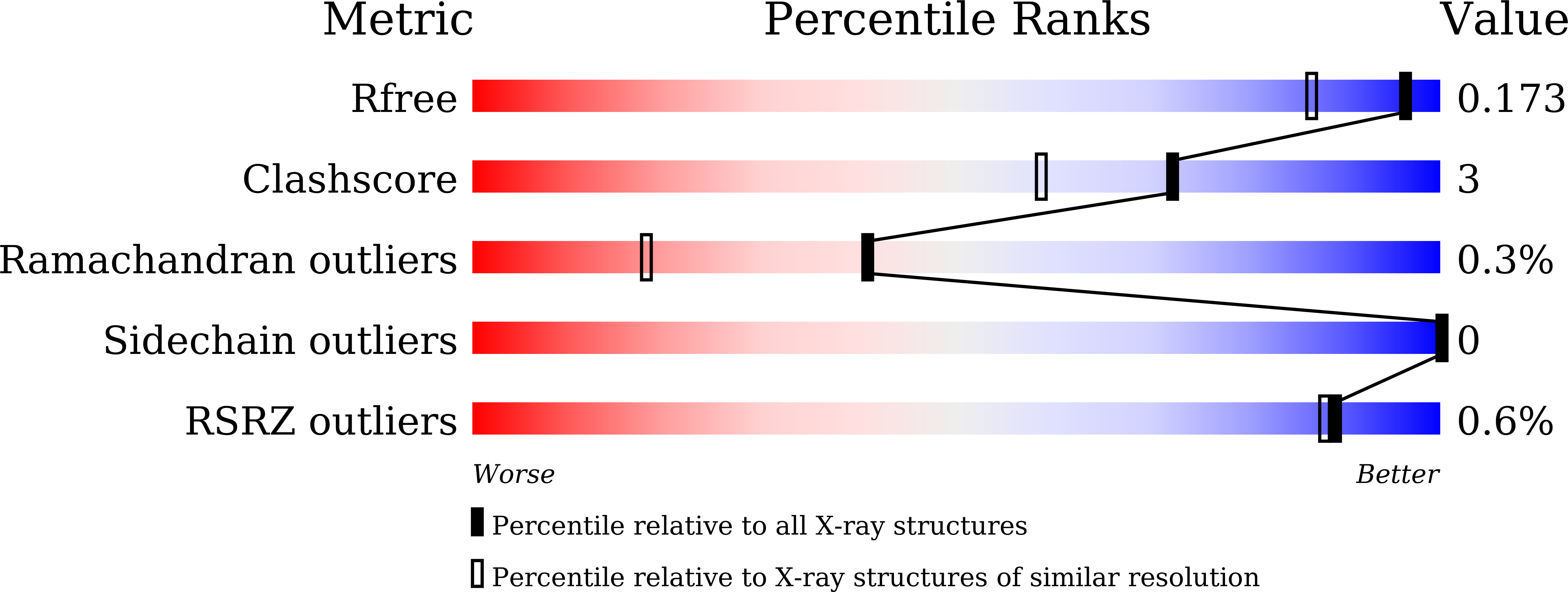
Deposition Date
2021-02-17
Release Date
2021-08-25
Last Version Date
2024-11-13
Entry Detail
PDB ID:
7E56
Keywords:
Title:
The mutant crystal structure of endo-polygalacturonase (T316C/G344C) from Talaromyces leycettanus JCM 12802
Biological Source:
Source Organism:
[Talaromyces] leycettanus (Taxon ID: 196907)
Host Organism:
Method Details:
Experimental Method:
Resolution:
1.40 Å
R-Value Free:
0.17
R-Value Work:
0.15
R-Value Observed:
0.15
Space Group:
P 21 21 21


